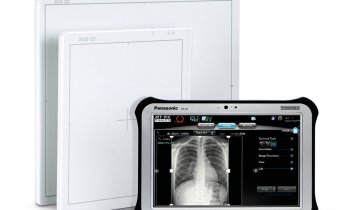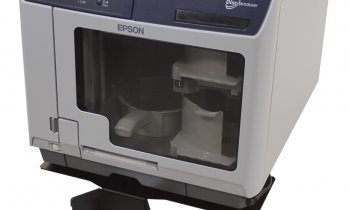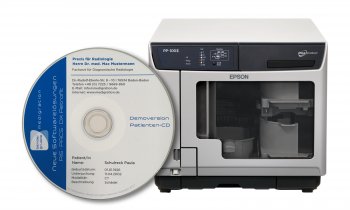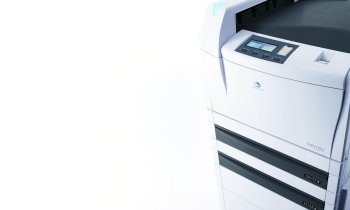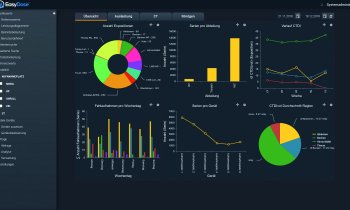Medical displays
Considering ambient lighting conditions, quality assurance of medical displays requires new standards. As a result of the development in medical imaging over the past 20 years, digital medical imaging has replaced the conventional film imaging in most hospitals.
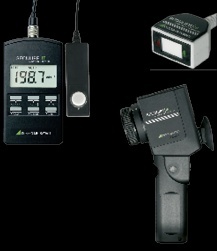
However, softcopy reading is the upcoming standard for diagnostics in radiology and the greatest challenge to design is the parallel use of this and film-based diagnostics in the same room. This hybrid stage suffers from the large difference in the ambient conditions needed. The lighting needed for working with film and a medical display is different. Most reading stations cannot do this properly because the ambient conditions are still the same as for film reading in the past. Reading radiological images is an intense and repetitive process that needs suitable ambient conditions. Several studies confirmed the relation of true and false readings in relation to the best possible display, as well as ambient conditions. The reading room environment plays a significant role in diagnostic accuracy.
While a dark room might be very nice for image quality, this is hard to work in. With ambient light above 10 lux, the contrast of LCD displays starts to decrease more and more.
As the contrast ratio required for a proper reading is to be measured in the viewing distance by considering ambient conditions, the latest standards include a definition of the maximum ambient light. The new DIN 6868-157, in preparation at the moment, sets maximum ambient light levels in relation to the work carried out in the room. Inside a reading room used for diagnostic purposes, the maximum ambient light should be 50 EH-5-2013. The new test procedure for acceptance testing will include the ambient light measurement as well as the control of pixel defects on the screen. The measurement device to be used for the ambient light measurements needs to be a lux meter that is calibrated and can be recalibrated. The spot meter used for the display measurements must comply with class B of DIN 5032-7. Because the luminance characteristics will be tested and calculated, the use of a software package for assistance in all test stages is recommended in the draft version of DIN 6868-157. Changes are also underway internally. The new IEC 62365-1 is published as a draft version. IEC publications have been issued as recommendations for international use and accepted accordingly by IEC National Committees. Prepared by subcommittee°62B, the IEC 625613-1 international standard includes medical diagnostic imaging and electrical equipment. To keep ambient conditions at a constant level, using an ambient light control system is always recommended. All these recommendations stem from evaluations to optimise the reading room environment. Combined with an ergonomic room design, this will create a low-stress and high-productivity environment for softcopy diagnosis.
A DICOM calibrated display for diagnosis is also strongly recommended, so that weak points of our human eye can be compensated. An internal stabilisation of the calibrated values should reduce the number of scheduled constancy tests. The balancing of ambient conditions to avoid fatigue combined with the best picture performance on the diagnostic screen is the common target of all measures.
05.11.2013






